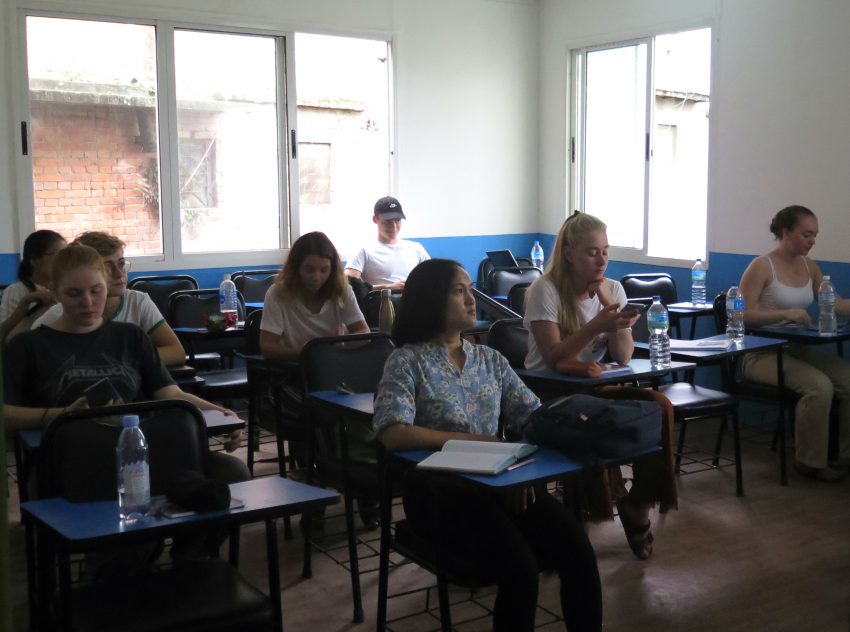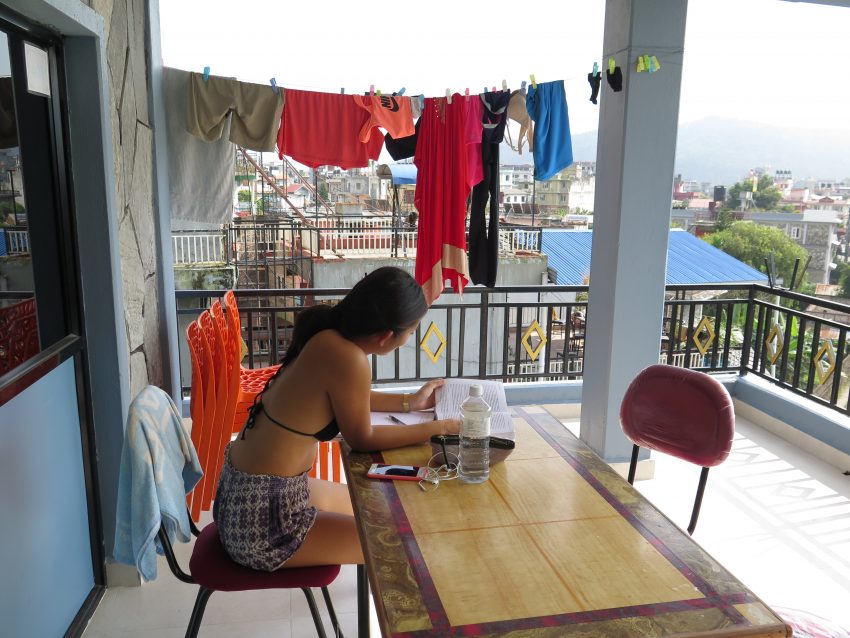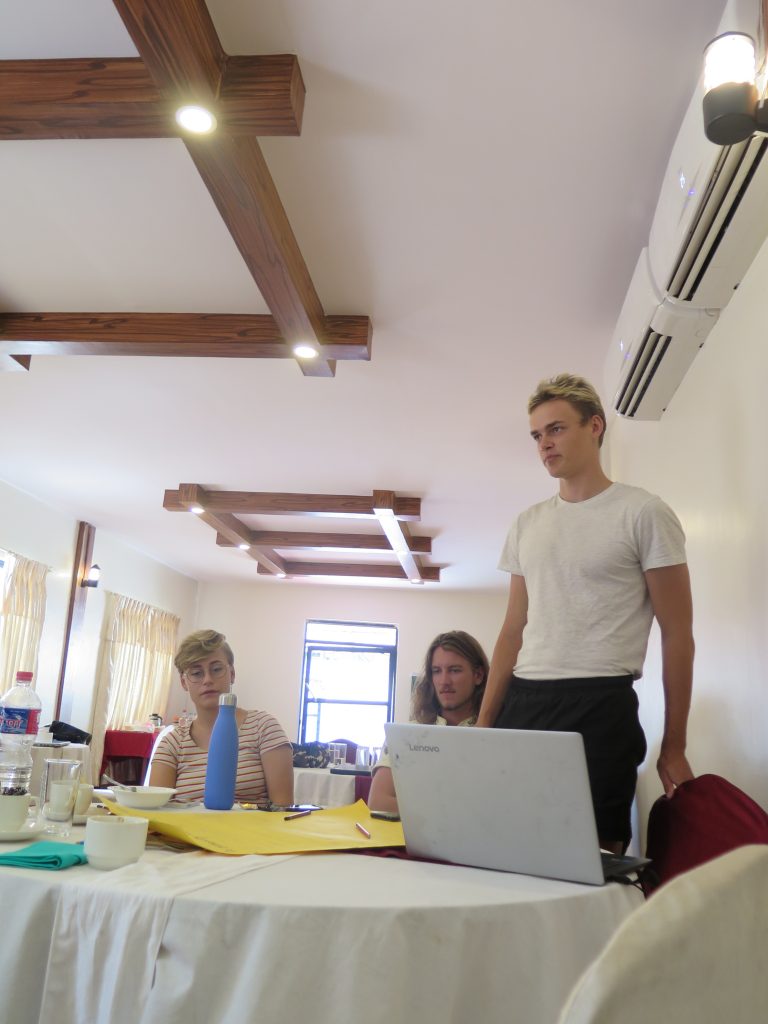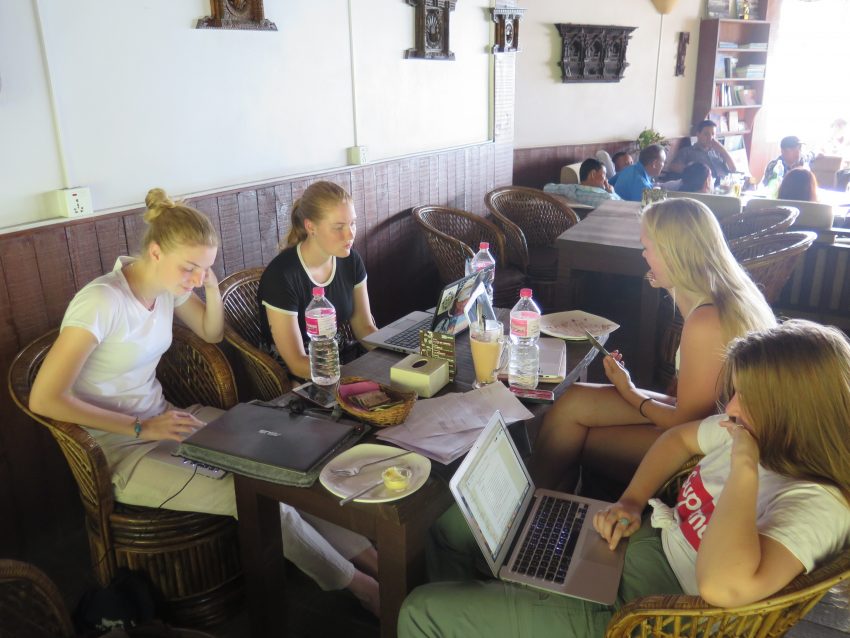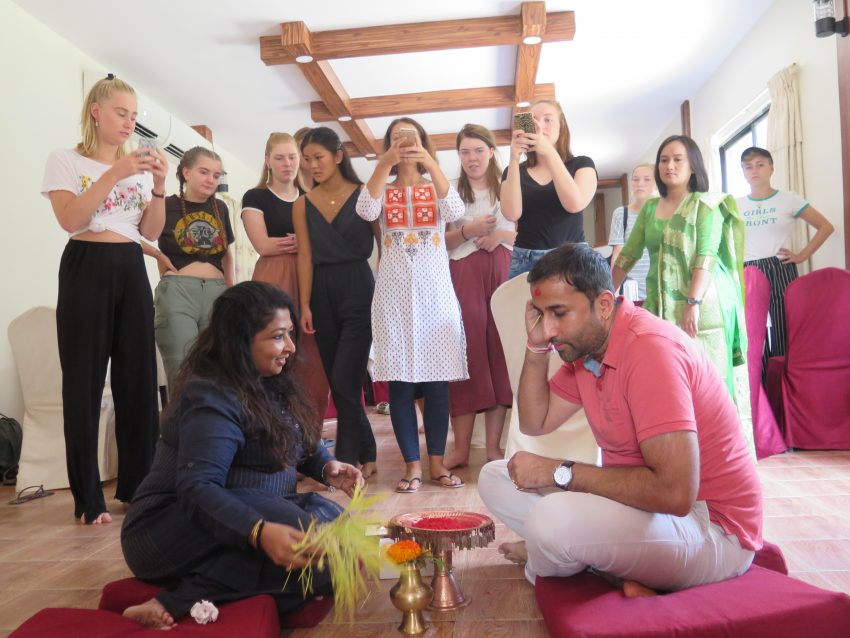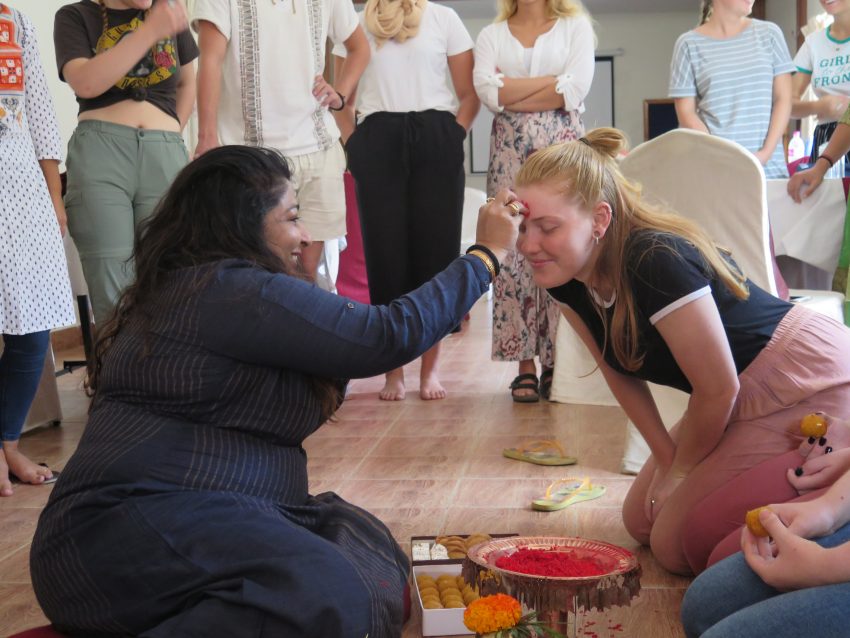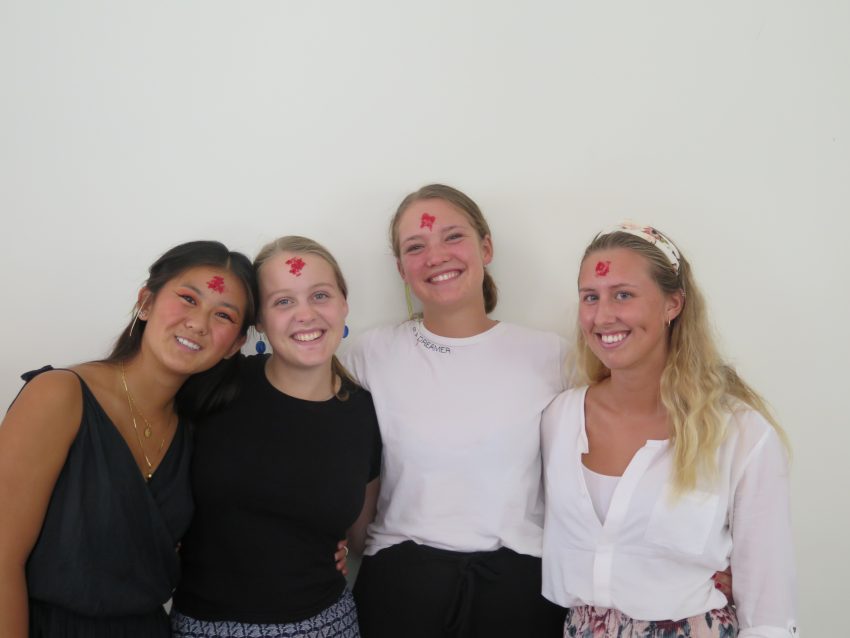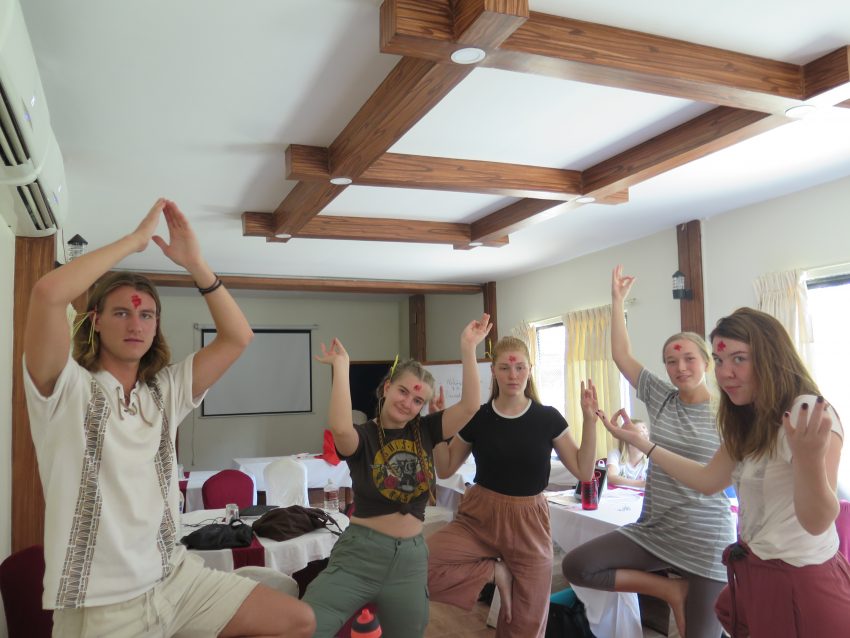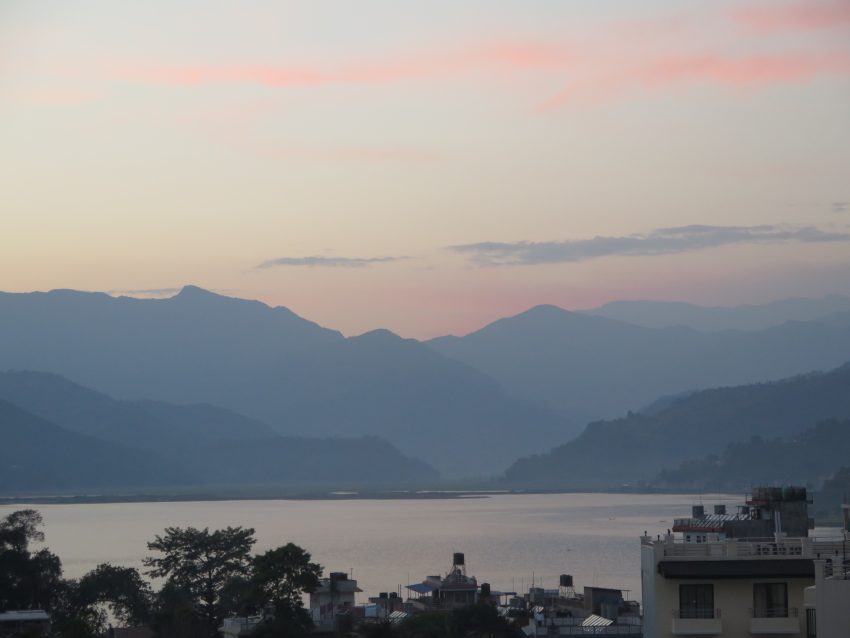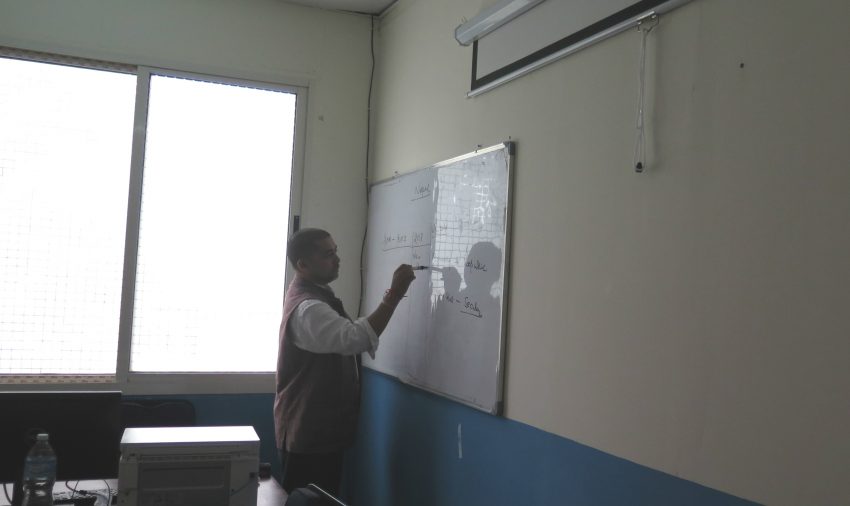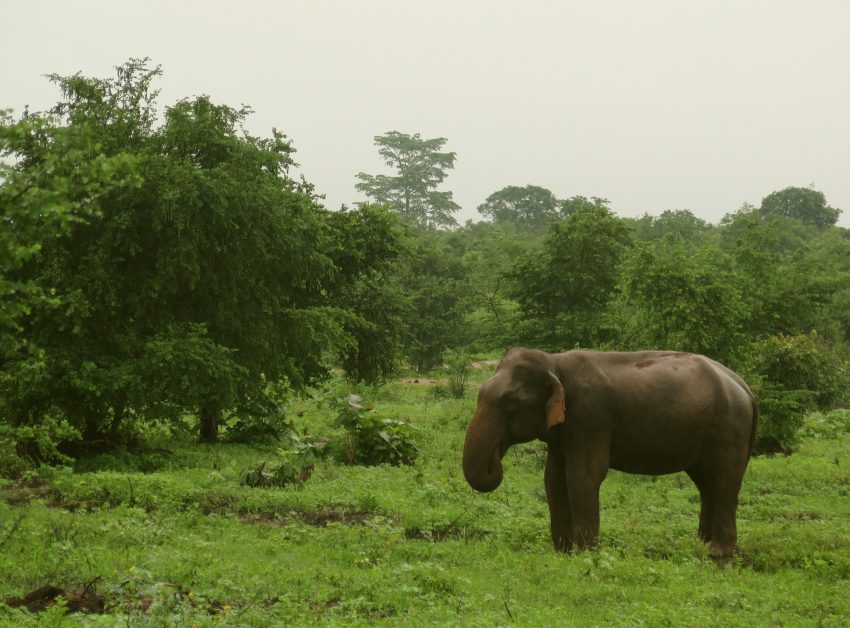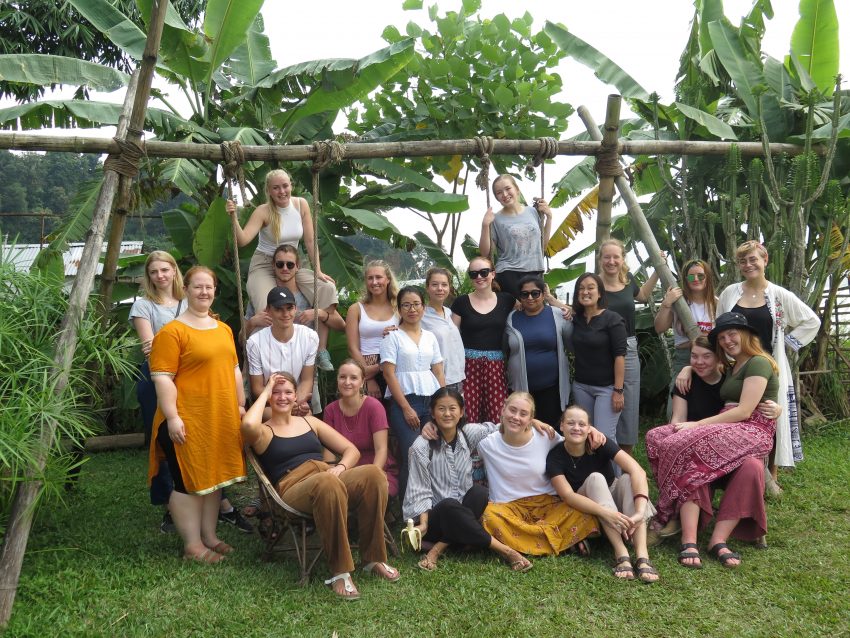
This is written in the car on the way to a beach in Sri Lanka where I’ll write my exam. That’s one of the great things about Kulturstudier; you can travel and study at the same time. What’s even better is that you learn so much about Nepal and the surrounding countries in South Asia that you feel closer to them and their history. It also makes it a perfect reason to travel to them later and explore them close up.
Peace and Conflict studies is hard to summarize. I personally feel it’s about how we can use the past to understand the present and from there build a better future. Both concepts can be understood on several levels. Internal and external conflict and peace – relating perhaps to psychology and spirituality. Then the interpersonal level, where non-violent communication becomes important. Further, the local and global aspects are more concerned with history, politics, ongoing armed conflicts and the ways to build a peaceful world. The interdisciplinary characteristics of the studies makes the knowledge valuable in surprisingly many situations in life.
My reason for choosing peace and conflict studies was that I wanted to get better at discussing, especially contemporary global issues. I wanted to have a deeper understanding of the underlying drives in the world’s different conflicts to build better arguments with actual theories and examples. That goal was definitely met through the course. But I learned so much more! Amongst many, many things, I learned to think critically about models, theories and “facts”. To communicate non-violent (which quickly turned out to be very useful on many levels). To analyze different real life cases of conflict. To get closer to and appreciate another culture. And I was inspired through Gandhi to always find and promote the peaceful alternative.
Another perk of studying peace and conflict with Kulturstudier in Nepal is that the environment is perfect for real life peace practice. By working together on a group paper (one of two assessments) we really got to challenge our own temper. It is strange how easy one can turn to violent communication when one is tired, even the most seemingly “peaceful” of us. Another peace-challenge was to live with others. Many will experience this sooner or later in life, but this was my first experience of living with peers and doing it abroad took it to another level. We all had a randomly chosen roommate who we lived with the whole period and I even shared a flat with another “room-couple”. For some it was a bit challenging, but I think everyone accommodated to live with each other peacefully and most of us got a very close and special friendship in the end. Putting peace into practice has been an exciting way to use what we have learnt.
So coming back to Sri Lanka; I put my peace knowledge into practice by smiling and being open to everyone I meet. I also try to explore their culture in a non-violent way by choosing right activities, being respectful and showing gratitude.
Finally, I never thought peace could be so creative and present in everything we do!
-Marit-
